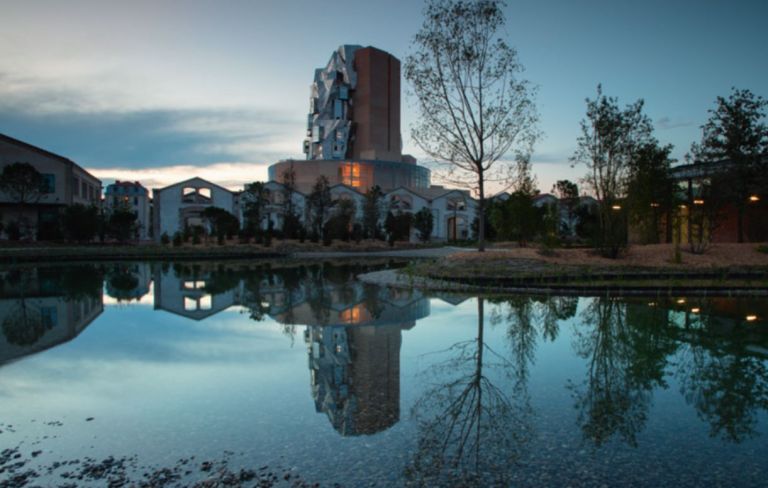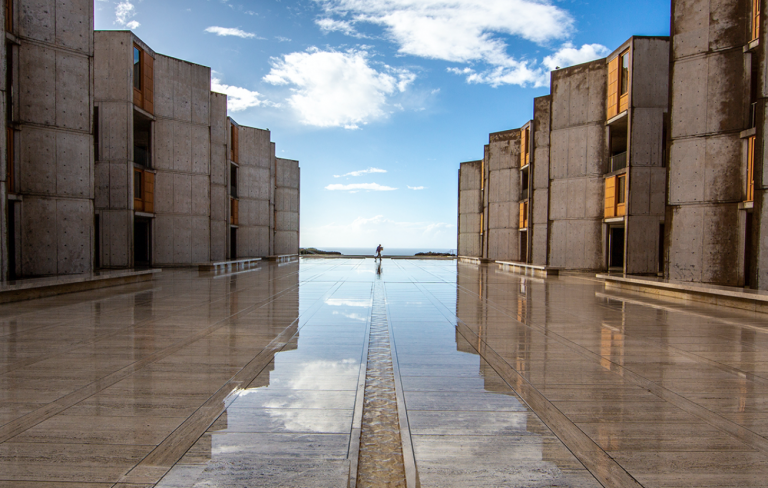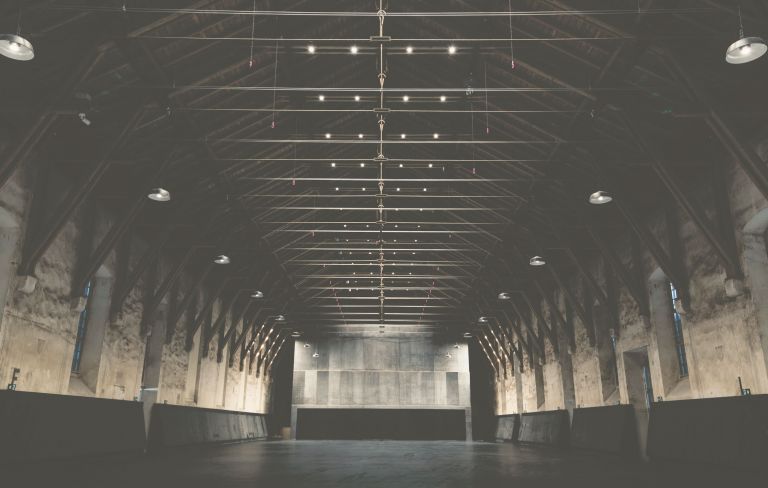Historic small towns in the countryside often have a problem: empty buildings lead to a creeping death of culture, commerce and urban life. Lichtensteig is an example of this, and its heyday was a long time ago. What remains is an historic town and industrial buildings with large vacancies. With the courage to revitalise these spaces in an innovative way, the small town in Toggenburg has found a newly revitalised self-confidence. For this, the Swiss Heritage Society has awarded it the Wakker Prize 2023.
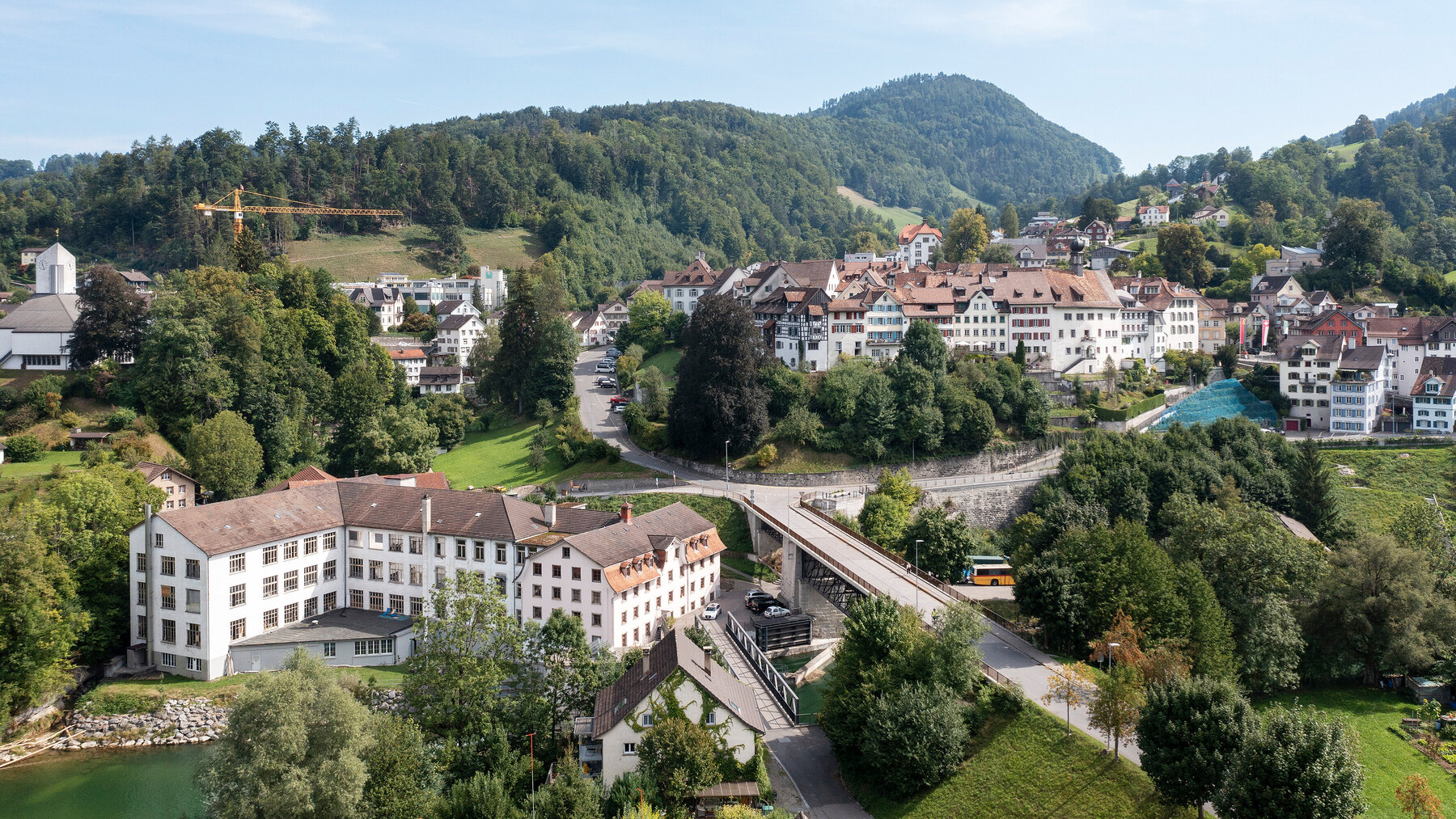
The self-evident centre of the municipality is the clearly arranged historic centre. With its arcades and town houses, which essentially date from the 16th to 18th centuries, it is a national cultural asset. Its revitalisation requires and receives the utmost care. Photo: Christian Beutler/Keystone/Schweizer Heimatschutz
For centuries, Lichtensteig was the prosperous urban centre in rural Toggenburg. This is where regional trade was conducted and production for the national and international market took place. No wonder, this small town is considered one of the founding sites of UBS and the place where the second was invented.
The local economy began to falter in the 1970s: hundreds of jobs in industry, commerce and the service sector disappeared, and the population continued to shrink until recently. The result was vacant ground floor space in the city centre and derelict industrial sites in the surrounding area. The loss of importance and the creeping emptying of the town’s population have eroded the once proud self-confidence of the small town.
Defending against devaluation
The plan to set up an undesirable erotic business in a quiet old town alley upset the townspeople and triggered a process with long-term effects. Politicians, the population and the business community were no longer willing to accept the vacancy and developed new innovative perspectives to revitalise the unused spaces.
Since then, Lichtensteig has deliberately positioned itself ambiguously as a “Mini Stadt” – a self-confident small town in the countryside that offers inexpensive space for the realisation of its own visions and ideas. The town supports initiatives that revitalise ground floors and brownfield sites and develop new ways to find the right uses for larger areas and sites.
A policy for a vibrant small town
With its active policy, Lichtensteig makes use of the opportunities to influence building development and to steer uses in a sustainable direction. Lichtensteig succeeds in attracting new people and retaining the established, making culture possible and thus strengthening the character of an urban centre in a rural region. The standards of the projects initiated by the town differ greatly.
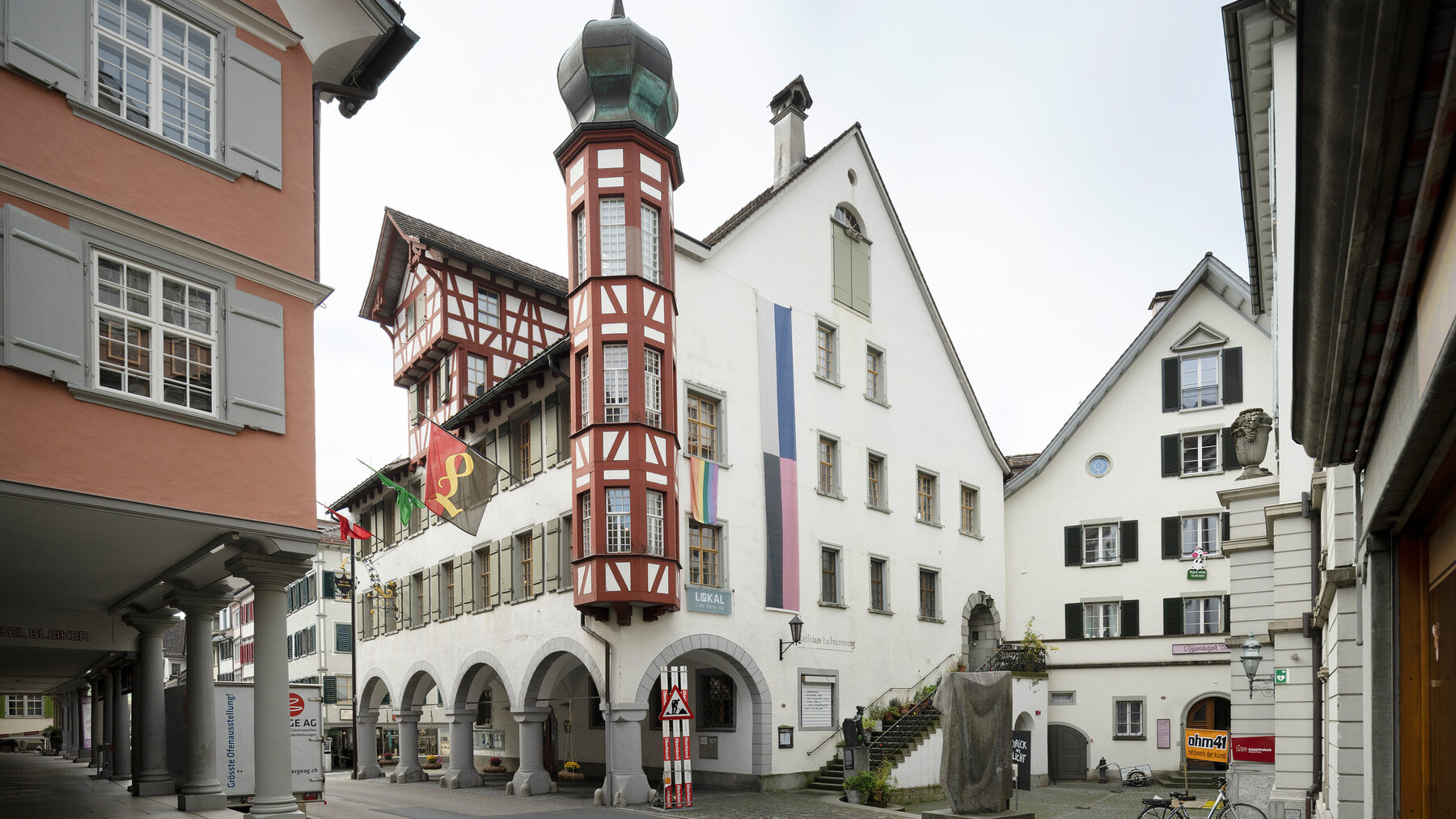
The 17th century town hall served the city as the seat of administration. In order to allow access for all people, a lift installation was evaluated. Due to the high costs and the excessive encroachment on the historic sub-stance, the city decided not to invest in the renovation of the town hall but in the acquisition of the neighbouring UBS building. Photo: Christian Beutler/Keystone/Schweizer Heimatschutz
The city administration moved into a vacant bank building, creating space for a new “City Hall for Culture”. The old fire brigade depot became a clothes shop. The vacant industrial site is being given a new identity as the “Areal Stadtufer”, a participatory and mixed-use cultural space with studios, commercial and residential space.
The challenges remain
The “Mini.Stadt” strategy is not a project for Lichtensteig with an end date, but a process that has been initiated with future potential. The challenges remain constantly high: the Migros Club School recently closed its location; the largest shop in the town centre, a furniture shop, is moving out.
The city recently adopted a vision and strategy for spatial development up to 2050. The formulated goals, especially for upgrading along the main roads and the landscape, offer significant opportunities for upgrading the settlement image outside the old town.
